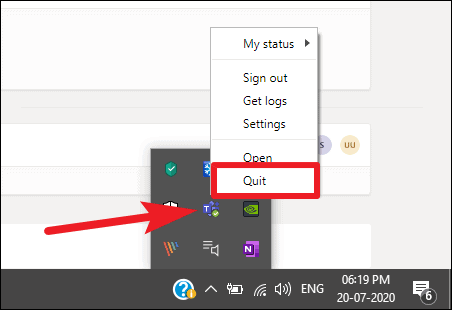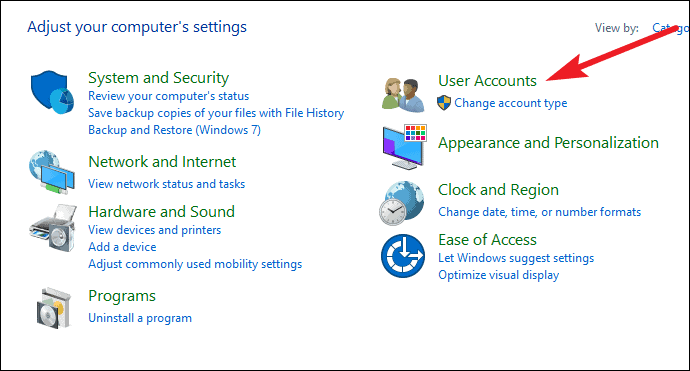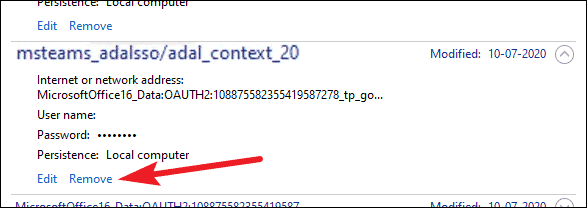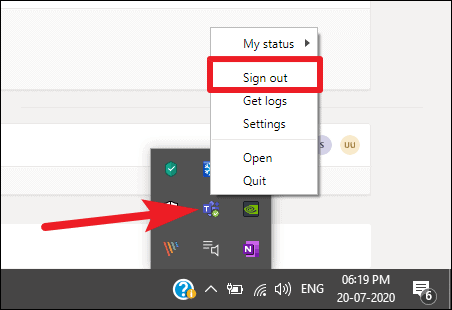A lot of organizations use Microsoft Teams extensively to facilitate conversation and collaboration among the employees in the workplace. There’s a reason it is known as a Workstream Collaboration app, instead of just video conferencing. Users handle all projects and related communication through Microsoft Teams.
So, imagine the frustration and stress it causes when the app won’t even load. Well, if you’re here, it’s not hard to imagine for you. You can just stare at the Microsoft Teams’ desktop client on your computer right now. Will it make you feel better if we tell you are not the only one whose desktop client acts this way?
Countless users have reported problems with the Microsoft Teams where it won’t even load. As excruciating as the situation might seem, there are a few things you can try to exorcise this demon of a problem.
But First, Is the Problem Really with the Teams Desktop App?
Have you tried logging in to your Microsoft Teams account on some other computer or in the web app? If you haven’t, you probably should. Because if the problem turns out to be your account, there’s nothing you’ll find in this list for you. You’ll then need to contact the Microsoft Teams support team for your problem.
If you can log in to your account everywhere else, but not just in the Team desktop app on your computer, then please proceed!
Clear the Cache for Microsoft Teams
If Microsoft Teams always gets stuck at the ‘Loading Microsoft Teams…’ screen, then what you need to do is clear the cache for Microsoft Teams.
Now, the first thing you need to do is completely quit Microsoft Teams. Either go to the Microsoft Teams icon in the system tray and right-click on it to ‘Quit’ from the context menu. Or, you can choose to end the task from the Task Manager. Whatever floats your boat.

Now open the File Explorer. You can use the keyboard shortcut Windows Logo Key + E to open it. Then, type or copy/ paste %appdata%\Microsoft\teams and press Enter.

Then, delete all files from the following folders.
- ‘Cache’ folder in the ‘Application Cache’ Folder
- Blob_storage
- Cache
- Databases
- GPUCache
- IndexedDB
- Local Storage
- tmp
Once you have deleted all the files from these folders, restart Microsoft Teams to see if it resolved the issue.
Uninstall the App and Delete all Files
If clearing the cache didn’t work for you, try uninstalling and re-installing the app. There’s a chance you might have tried this one already, but this time, you’d do it differently. After uninstalling the app, delete the files from the following locations:
%LocalAppData%\Microsoft\Teams
%LocalAppData%\Microsoft\TeamsMeetingsAddin
%AppData%\Microsoft\Teams
%LocalAppData%\SquirrelTemp
Copy/ Paste the above paths in the File Explorer to go to the said locations. After deleting the files, re-install Microsoft Teams and see if it loads.
Clear Microsoft Teams Credentials
You can also try to clear your Microsoft Teams credentials; chances are a corrupt file somewhere could be causing a problem. Open the Control Panel on your computer and click on ‘User Accounts’.

Then under ‘Credentials Manager’, click on ‘Manage Windows Credentials’.

Then find the credentials for ‘MSTeams’ and remove all of them and see if it resolves the issue.

The Problem Could be a Corrupted Password
This one is for a very particular sort of problem. If your Microsoft Teams is crashing within seconds after you try to open it, and there’s no system tray icon and process running for Microsoft Teams in the Task Manager either, then this fix is for you.
Between the interval when you open Microsoft Teams, and it crashes, the icon for Microsoft Teams will appear in the system tray. It’ll be brief, so you’ll have to be quick. It might even take some tries to catch that bugger, but you’ll have to keep trying until you succeed as no other solution will work for this. It’s like playing a game with Microsoft Teams!
The problem here is most probably a corrupt cached password. It can happen due to any number of reasons, among which the primary is that you changed your Microsoft Teams password, while the desktop client still had your account logged in. Now, it won’t create a problem always, but sometimes it can lead to a corrupt file that’s causing the crash.
So, when you catch the icon for Microsoft Teams in the system tray, right-click on it and select ‘Sign Out’ from the menu. Once you succeed in hitting the Sign Out button before Teams crashes, the next time Microsoft Teams would load properly and you’ll be able to sign in again.

Microsoft Teams not loading can be so frustrating, but more than that, it impacts your work: You can use the web app in place of the desktop client to make do, but some features just don’t work on the web app and are exclusive to the desktop client. We hope this list of fix helps in improving the bad day you’re having!










Member discussion